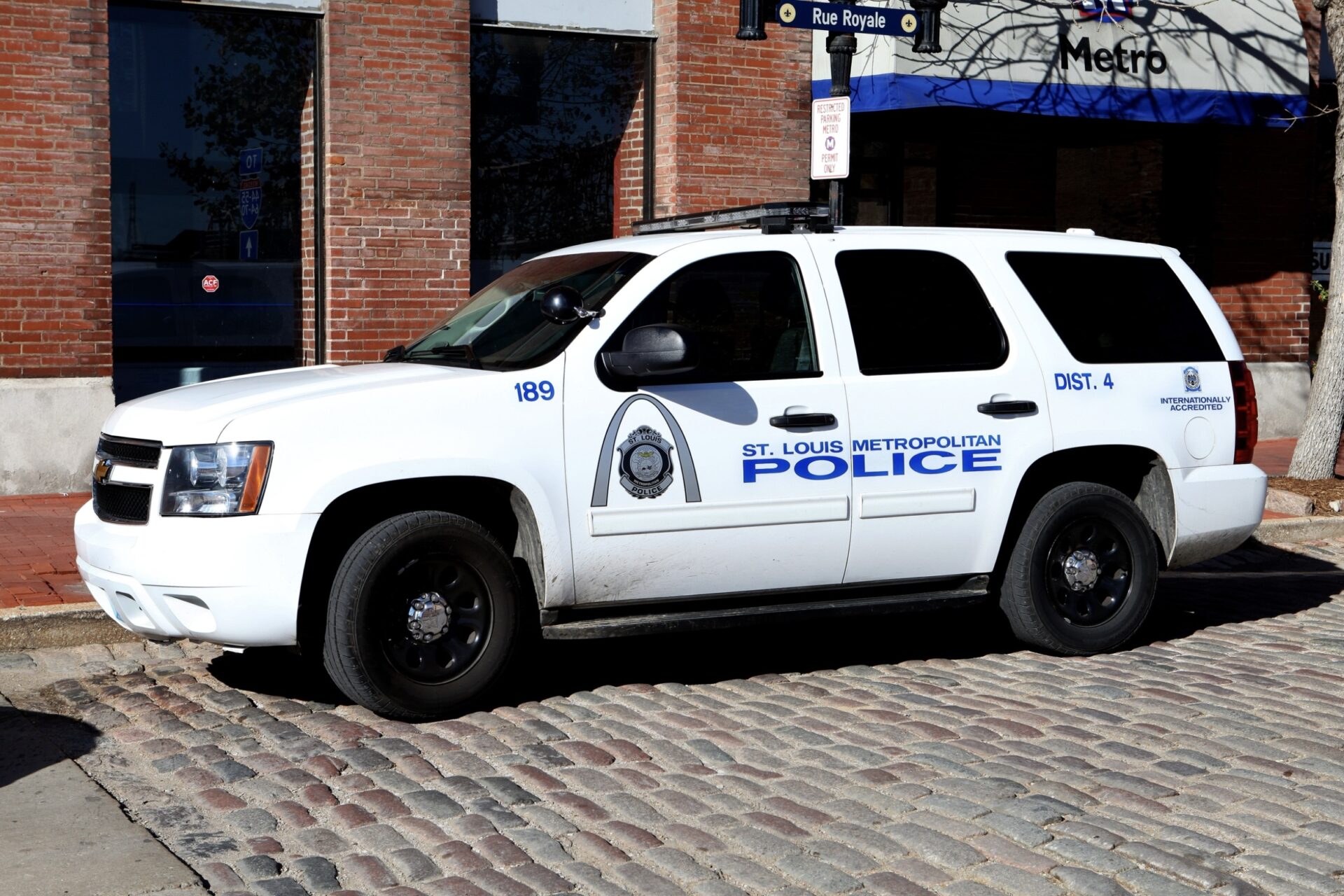
December 29, 2023
St. Louis Police Department Withholding Crime Data, According To Researchers
Researchers are calling for more transparency regarding crime data from the St. Louis Police Department, which has refused to publish detailed crime statistics since 2020.
The St. Louis Police Department has been accused of withholding crime data that would substantially benefit research.
In 2020, St. Louis University sociology professor Ness Sandoval and graduate student Tara Smith published a joint study documenting crime trends in and near the National Geospatial-Intelligence Agency, which had recently relocated to north St. Louis. The project aimed to observe whether the investment could adversely affect crime, subsequently boosting economic values in the region.
Sandoval and Smith observed the geographical patterns of crime hotspots around the National Geospatial-Intelligence Agency site to conduct the study. Their research relied on crime data of geographic coordinates for locating incidents from the St. Louis Police Department, data that the department had published on its website for more than a decade. That is until Dec. 2020, when the police department unexpectedly stopped publishing its detailed geographic crime data, causing Sandoval and Smith to hit a wall in their work.
“What’s frustrating is that the data exists,” said Sandoval. “This data belongs to the public. It’s a public good.” According to the mapping expert, the police still use geographic crime data internally but are refusing to publish the results.
The St. Louis police’s decision to begin withholding its data in 2020 was the result of the escalating crime rate, which had exceeded the previous years. As violent crime swept the district, the department turned off its public data spigot for good, effectively cutting off the information to researchers such as Sandoval.
Police spokesperson Evita Caldwell spoke to the Post-Dispatch about the change and claimed that the data’s concealment was out of the department’s control. Instead, the St. Louis police have placed the blame on a major technology transition in 2020. Still, several researchers have made frequent public records requests with hopes of accessing the now-sealed data, to no avail. Despite this, the Post-Dispatch has discovered that crime data was still being shared with insiders.
For the past three years, Washington University’s Institute for Public Health has been analyzing the efficacy of the St. Louis Cure Violence initiative, which aims to lower gun violence through resident intervention during bouts of violence. The project has taken place under the city’s last two mayors and requires detailed geographic data to ensure accuracy. The St. Louis Police Department provided this data without hesitancy. The circumstances surrounding this collaboration have been kept secret from the public by the city’s health commissioner, Victoria Anwur and the spokesperson for the health department, Kimberly Vanden Berg.
“The geographic component really allowed researchers like me to see how crime is distributed,” said Brandon Fox, who completed his own study about vacancy and criminal violence in St. Louis in 2018 and 2019. He, like many others, has expressed disappointment in the police department’s recent changes.
Once considered the paramount exemplification of open data, St. Louis has since moved away from transparent and detailed data, much to the concern of several researchers. “The city has fallen far behind where other cities are today,” Sandoval said.